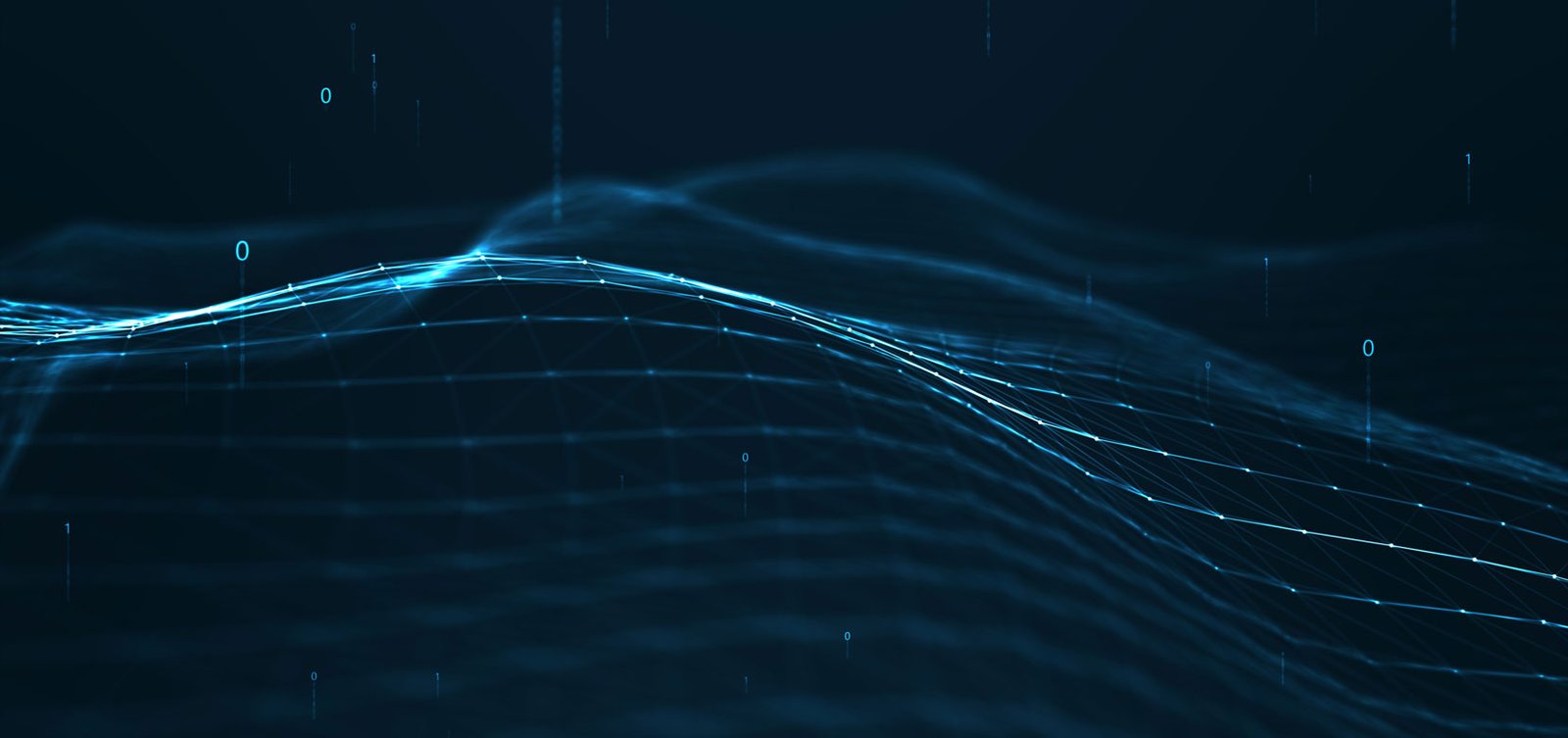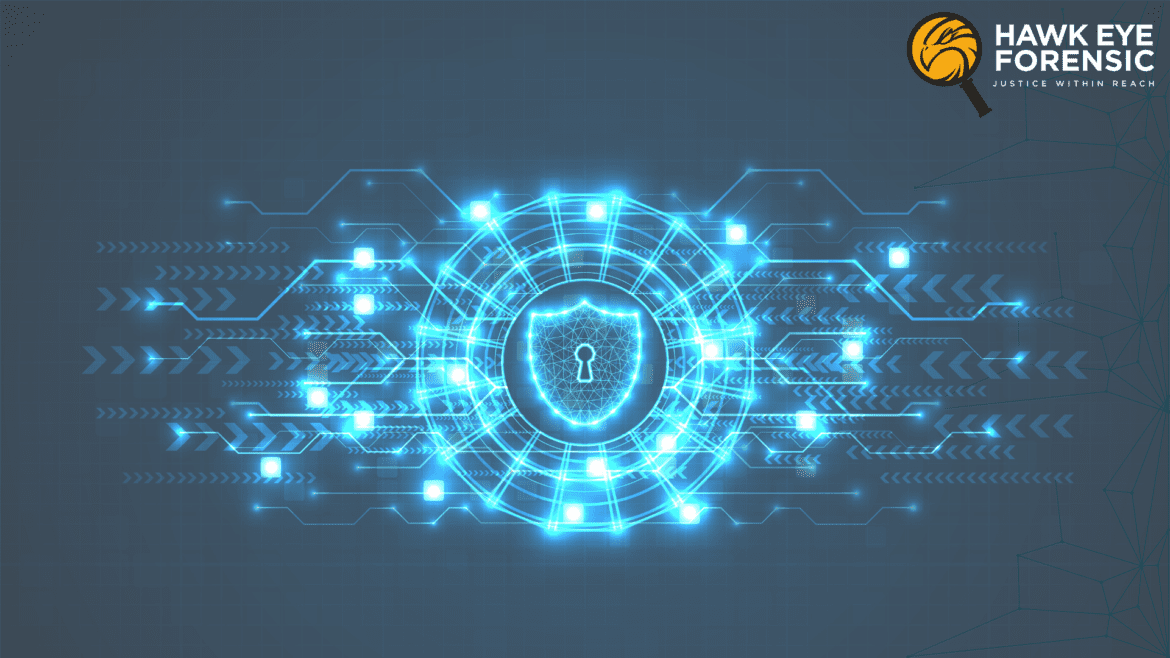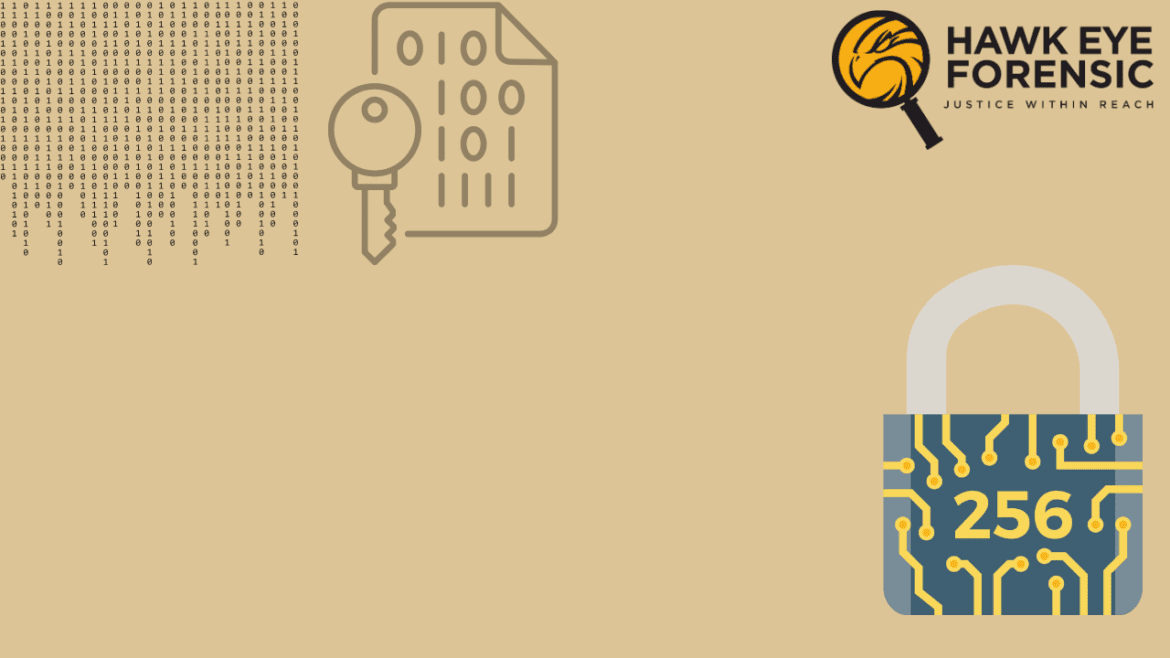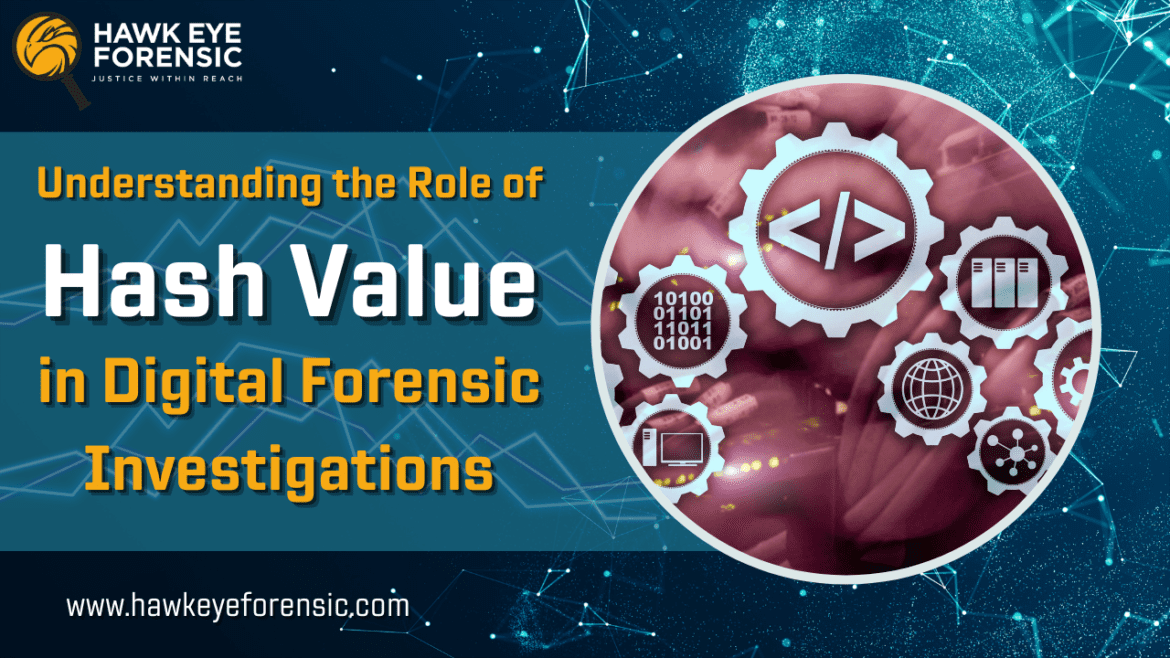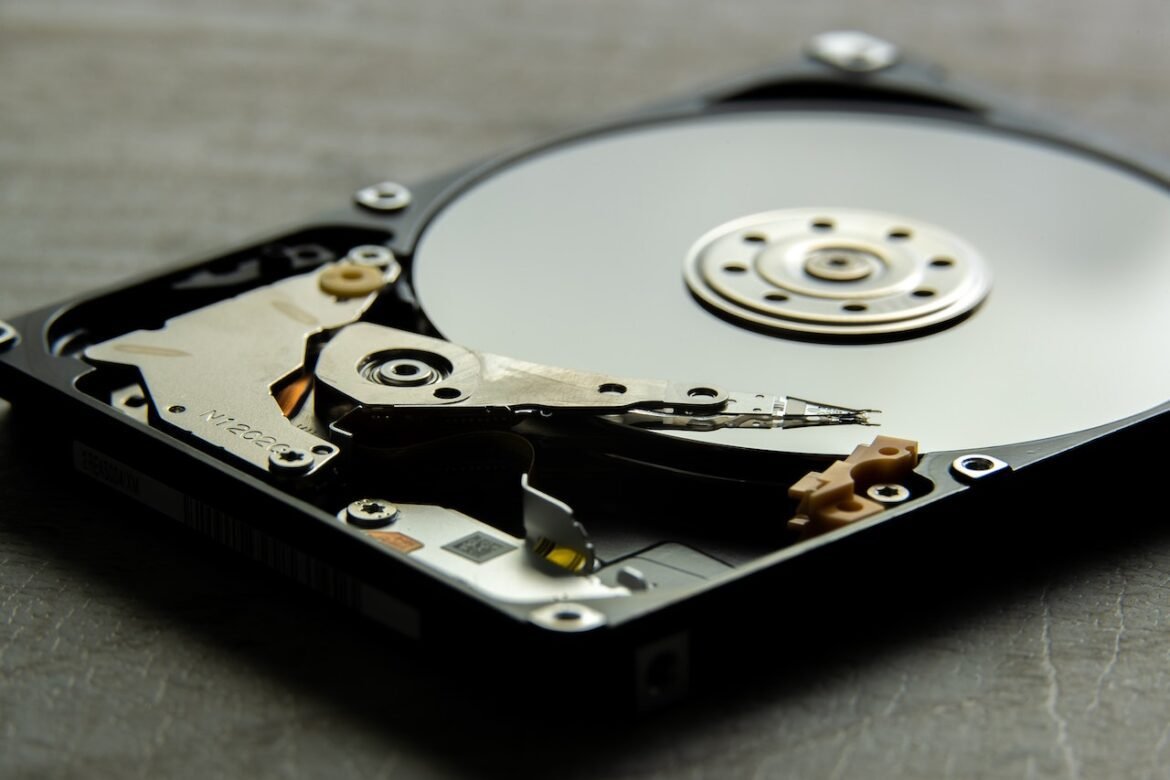
Imaging vs. Cloning: Which Method Should a Forensic Expert Use
In the realm of digital forensics, preserving the integrity of digital evidence is crucial. When collecting data from storage devices like hard drives, SSDs, or USB drives, forensic experts often rely on two primary methods: imaging and cloning. While these terms are sometimes used interchangeably in casual conversations, they have ...

